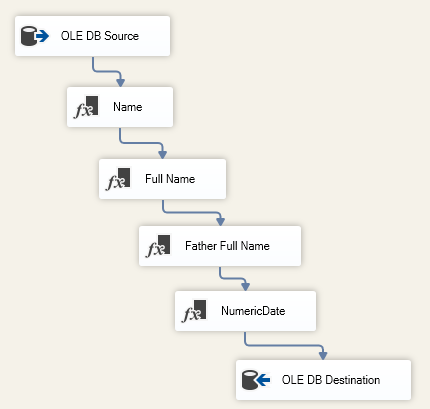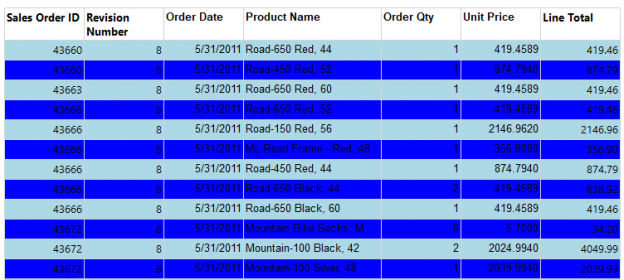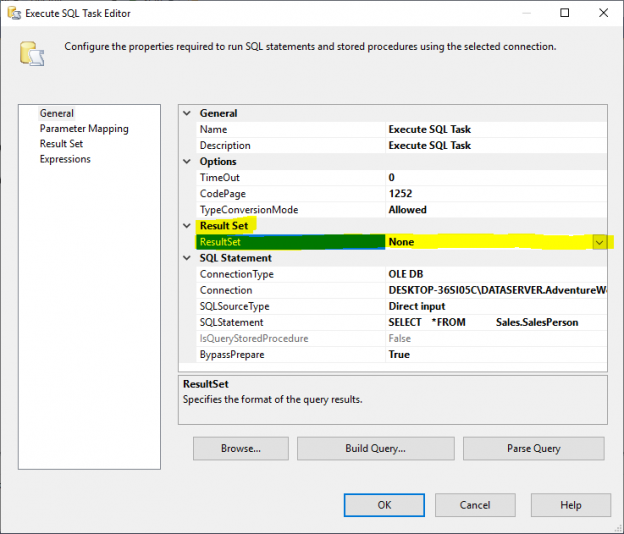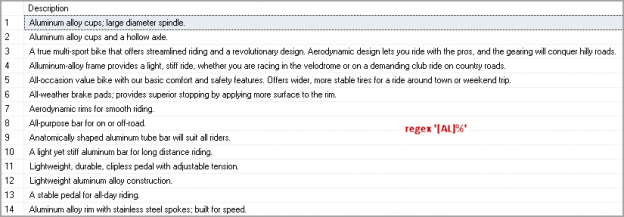In this article, we will un-riddle the ways to make use of the data definition language trigger (DDL Trigger), in order to monitor the progressions made to the database programming objects, View, Procedure or Function with a few real-time examples.
Read more »




























